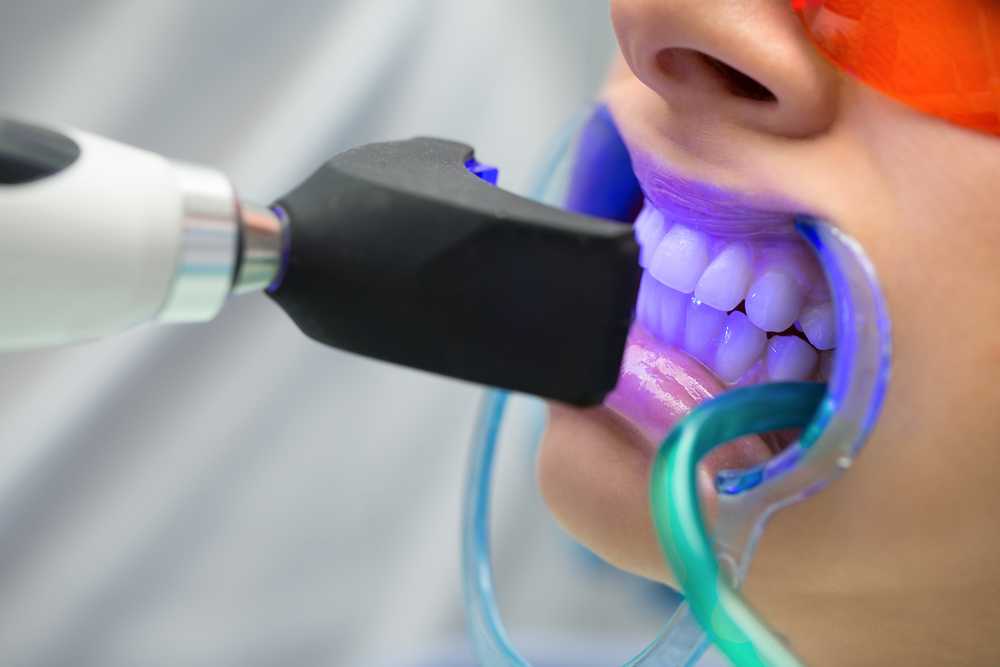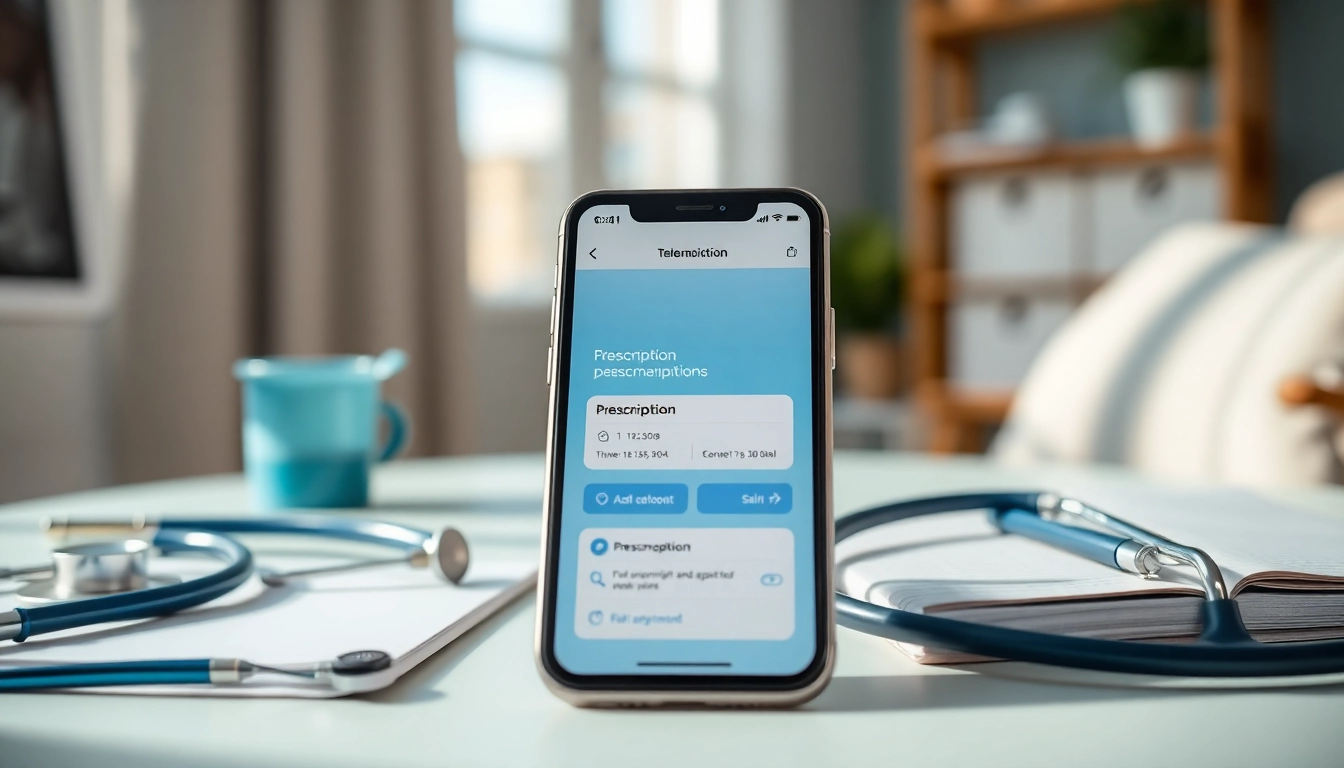Understanding E-Prescribing and Its Importance
What is E-Prescribing?
E-prescribing, or electronic prescribing, is the digital way healthcare professionals can prescribe medications to their patients. Instead of using paper, prescriptions are sent directly to pharmacies over secure electronic networks. This modern approach not only streamlines the prescribing process but also reduces the chances of errors often associated with handwritten prescriptions, such as illegible handwriting or incorrect dosing information. E-prescribing systems can integrate seamlessly with electronic health records (EHRs), allowing healthcare providers to have comprehensive patient profiles that include medication history, allergies, and other crucial information at their fingertips.
Benefits of E-Prescription Apps
The adoption of e-prescribing apps offers numerous advantages over traditional methods. One of the most significant benefits is enhanced patient safety. By minimizing prescription errors and providing alerts for potential drug interactions or allergies, these apps significantly increase treatment efficacy. In addition, e-prescribing simplifies the medication management process, making it easier for both healthcare providers and patients. For instance, patients can conveniently refill prescriptions and manage medications through user-friendly mobile applications.
Furthermore, e-prescribing can lead to operational efficiencies within healthcare facilities. Tasks such as checking eligibility, processing claims, and managing refills can be automated, reducing administrative workloads and allowing healthcare professionals to focus more on patient care. Overall, implementing an best eprescription apps can transform the delivery of pharmaceutical care.
Compliance and Regulations in E-Prescribing
To safeguard patient information and maintain the integrity of the healthcare system, various laws and regulations govern e-prescribing, including the Health Insurance Portability and Accountability Act (HIPAA) and the Drug Enforcement Administration (DEA). These regulations set stringent requirements for how prescriptions are managed digitally. For instance, controlled substances have specific e-prescribing requirements to ensure they are dispensed only when medically necessary, further protecting patients from misuse. Understanding and adhering to these regulations is essential for healthcare providers who wish to implement e-prescribing practices within their facilities.
Key Features to Look for in E-Prescription Apps
User-Friendly Interface
The usability of e-prescription apps is paramount. A user-friendly interface not only ensures easy navigation but also minimizes the learning curve for healthcare providers who may not be technologically savvy. Intuitive design features such as simple menu structures, clear instructions, and accessible support help healthcare providers adapt quickly and use the e-prescribing system effectively.
Integration with Electronic Health Records (EHR)
One of the key capabilities of top e-prescription apps is their ability to integrate seamlessly with Electronic Health Records (EHR). Effective integration enables healthcare providers to access a patient’s medical history, allergies, and prior medications before prescribing new treatments. This holistic view can prevent potential medication errors and enhance care coordination among multiple providers, thus ultimately improving patient outcomes. When evaluating e-prescribing tools, it’s crucial to assess how well they connect with existing EHRs already being used in a practice.
Security Features and Patient Privacy
Security is a critical aspect of any healthcare technology, especially when dealing with sensitive patient information. The best e-prescription apps should be equipped with robust security features such as end-to-end encryption, secure user authentication, and regular audits to protect against data breaches. In addition, compliance with HIPAA regulations is essential to ensure patient privacy is maintained throughout the e-prescribing process. Clinics must prioritize tools that can guarantee the confidentiality and safety of their patient’s information.
Comparative Analysis of the Best E-Prescription Apps
Top E-Prescription Apps and Their Unique Features
With numerous e-prescription applications available, distinguishing which offers the best features can be overwhelming. Each app may come equipped with its own unique offerings tailored to different practice sizes and specialties. Some may excel in user experience and have a straightforward setup, while others may provide advanced clinical decision support features or specialized prescribing capabilities for certain medical fields. Careful consideration of these functionalities can guide healthcare providers in selecting the right tool for their practice.
User Reviews and Ratings Overview
User feedback plays a crucial role in assessing the effectiveness of e-prescription apps. Analyzing reviews from healthcare professionals can provide insights into how various apps perform in real clinical environments. Common themes often emerge in reviews, such as satisfaction with features, ease of use, customer service experiences, and integration capabilities. It’s beneficial for providers to explore reports and ratings from trusted sources to ensure the chosen app aligns with their needs and expectations.
Cost and Subscription Models
Another significant factor when deciding on an e-prescribing app is the cost involved. These applications typically offer various pricing models, such as monthly subscriptions, pay-per-prescription fees, or one-time licensing costs. Understanding the total cost of ownership, including potential hidden fees and additional charges for premium features or support options, is vital. Assessing whether the app delivers value relative to its cost can contribute to informed decision-making in securing an e-prescribing solution.
How to Implement E-Prescription Solutions
Step-by-Step Installation Guide
Implementing an e-prescribing solution requires careful planning and execution. The process generally involves several key steps:
- Define Needs: Assess your practice’s specific needs and determine which features are most critical for efficiency and patient care.
- Choose Your App: Evaluate different e-prescription apps based on identified criteria, ensuring they meet all operational and regulatory requirements.
- Setup and Configuration: Follow the installation guidelines provided by the selected vendor, addressing any technical requirements for integration with existing systems.
- Data Migration: Safely migrate existing patient data into the new system as required, ensuring minimal disruption.
- Testing: Conduct thorough testing to identify and resolve any configuration issues before full-scale implementation.
- Launch: Officially switch to the new e-prescribing system, supporting staff during the transition.
Training Staff for E-Prescription Use
Staff training is a critical component of successful e-prescribing implementation. To maximize the benefits of the new system, healthcare providers should offer comprehensive training sessions that cover essential functionalities, workflows, and troubleshooting techniques. Continuous education and accessible support resources can help staff remain proficient in using the e-prescribing app, thereby maintaining high standards of patient care and operational efficiency.
Common Challenges and Solutions
Implementing e-prescribing solutions may not be without challenges. Providers often face issues such as resistance to change among staff, potential technical difficulties, and concerns over patient data security. Addressing these challenges starts with fostering an environment that values feedback and encourages staff to adapt to the new system. Employing a knowledgeable IT support team can also enhance the transition, swiftly dealing with technical issues to minimize downtime. Additionally, maintaining open communication about the benefits and efficiencies gained through e-prescribing can help dispel any concerns regarding the move.
Future Trends in E-Prescribing
Technological Advancements Impacting E-Prescribing
As technology continues to evolve, e-prescribing is at the forefront of healthcare innovation. Future advancements may include greater use of mobile technology that allows both patients and providers to interact through user-friendly apps. Moreover, integration with telehealth systems may transform the prescription workflow, enabling prescribed medications to be sent directly to pharmacies during virtual consultations.
The Role of Artificial Intelligence in E-Prescription
Artificial intelligence (AI) is poised to play a significant role in the evolution of e-prescribing systems. By leveraging AI algorithms, future apps could provide predictive analytics to anticipate patient medication needs based on their medical history and current treatment plans. Additionally, AI can assist in identifying potential drug interactions by analyzing vast databases, leading to more informed prescribing decisions and enhanced safety for patients.
Patient-Centric Innovations in E-Prescribing
The future of e-prescribing will increasingly focus on patient-centric solutions. Empowering patients through mobile capabilities that allow easy access to their prescriptions, notifications for refills, and options for controlled substance management will be vital. Innovation driven by patient feedback could lead to more personalized medication experiences, thus improving adherence and overall health outcomes.



